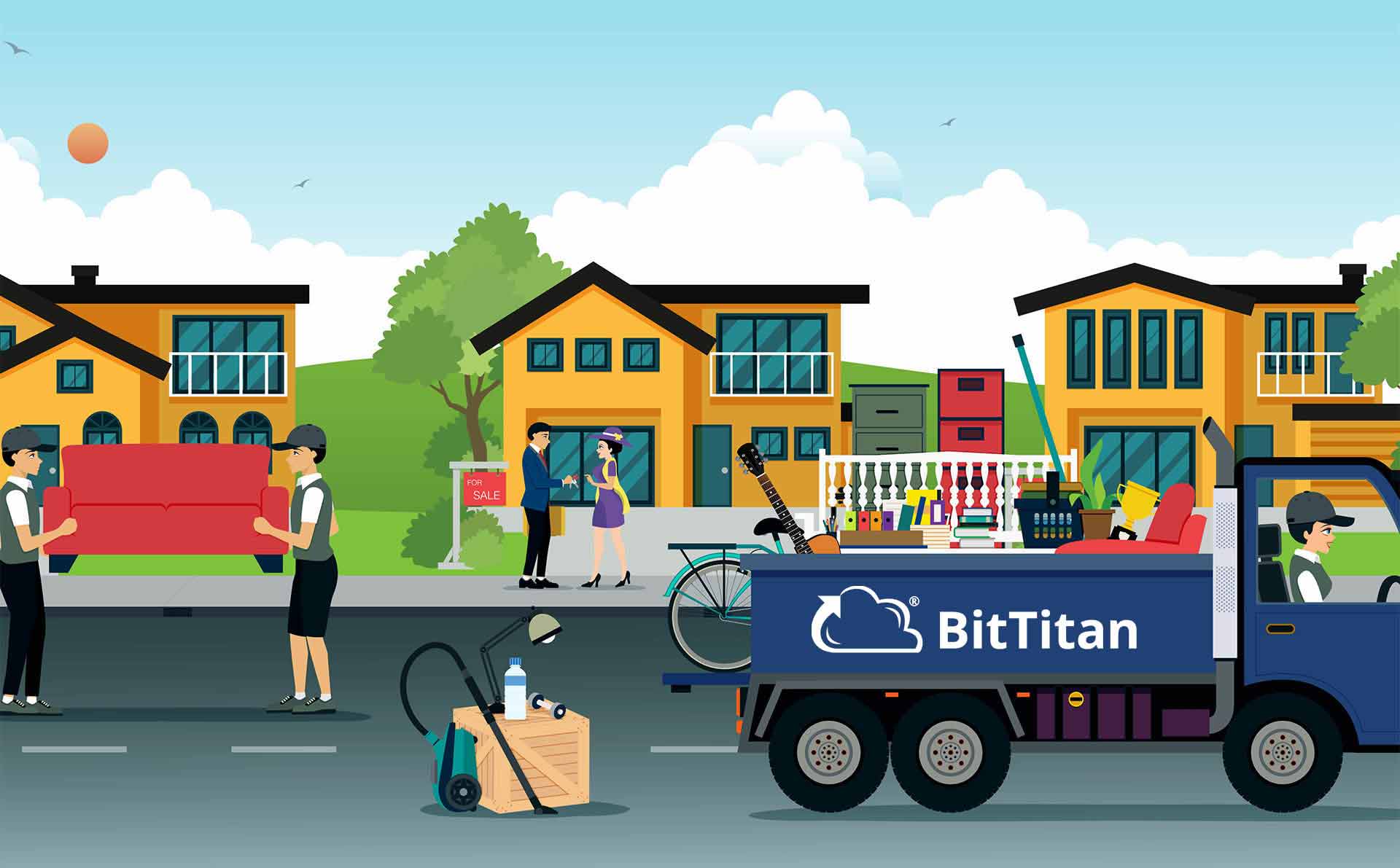How to Benchmark Performance and Identify Opportunities for Improvement
This is the seventh installment in a new series on the BitTitan blog, “The Complete MSP,” built to help IT professionals stay ahead of the Azure curve and accelerate the evolution of your customers’ solutions. In previous posts, we covered the growing professional and managed services opportunity around Azure (“Blue Gold: The Azure Gold Rush and How to Cash In”) as well as best security practices (“Azure Security: Five Planning Tips For New Environments“). Today, we look at broader principles for measuring service delivery costs and benchmarking performance. See all posts in the series here.
It’s about time.
You’ll hear service delivery “experts” exclaim that you should never bill services by the hour, especially when pricing and invoicing projects. And it’s good advice! When you bill by the project, any improvements that decrease time to completion ultimately increase your profitability. You are paid the same but use less time.
It’s all about time.
How Long Anything Really Takes
Service executives have reinvented this particular wheel a million times over the years. You set out to price a project. The central question you inevitably ask is “how long does this take?” and apply answers to each task in each phase of the project. When you’re done, you total the time and price accordingly.
Seems simple enough, but the challenge is how do you figure out how long each task takes? You could estimate that each task “should” take so long, but that means your pricing is a guess. Pricing is not something you want to be guessing about. Guessing wrong could cost you big time.
Calculating Costs
Want to know the difference between a good service organization and a great one? The great one knows its costs.
Sear that into your mind: know your costs. The biggest expense in any service organization is often people themselves. Service delivery experts talk about the fully burdened cost of a technician’s hour. That’s not just their salary. It includes their benefits, the cost of their tools, their training, their transport, and other direct costs plus an attributed portion of the rent on space, electric bill, mobile device costs, and anything else that can be specifically assigned to that technician. This tells you what an hour REALLY costs. Then, divide by the percentage of their hours that is actually billable to arrive at what should be their hourly rate.
Task Duration
Now that you know your fully burdened cost, it’s time to figure out how many hours it takes to perform each task.
Here again, you have the data available to you, but again you may not be collecting it. You can know when a technician starts a task, and when they complete that task. All you need to do is to have them record it. Enter it into your system. Over a period of time, you will have collected the start and stop times for each task that is performed. If your tasks are well-defined, you can subtract the stop time from the start time for each instance of a given task to arrive at the actual duration of that event. Take the average of all the durations for each task and you arrive at how much time it takes to complete each task on average.
Benchmarking
We began this exercise to determine how long each task we perform takes. From there, we can multiply by our technician’s calculated hourly rate, determined by adding a desired profit margin to their fully burdened cost of an hour, to arrive at what to charge for each task and ensure we’re profitable.
But wait, there’s more!
Now that you have the duration of each instance of each task performed, you can start to perform some really interesting comparisons! You can, for example, compare each instance to the average. This process is called benchmarking. Group your service instances by which technician performed them and calculate an average for each technician. By comparing each technician’s average against the overall average, you can empirically report on which technician is most efficient, which tasks they may be excel in, and ultimately how it makes the most sense to organize your team.
We’re not finished.
Heisenberg’s Uncertainty Principle
Werner Heisenberg, a German physicist, explains that the fact that something is being observed and measured affects the thing being observed and measured. You can put this to use for you.
Take that stack ranking we just produced showing who performs their tasks most efficiently down to least efficiently. Post it where all your technicians can see it. Update it regularly. Celebrate the top performers.
Then watch the numbers change.
Some, if not all, of your technicians will not like being lower down on that chart. Those who are concerned by it will find ways to become more efficient. You’ll actually see their performance rise in the data. This is the true value of benchmarking: a process to help you create real improvement in your team.

